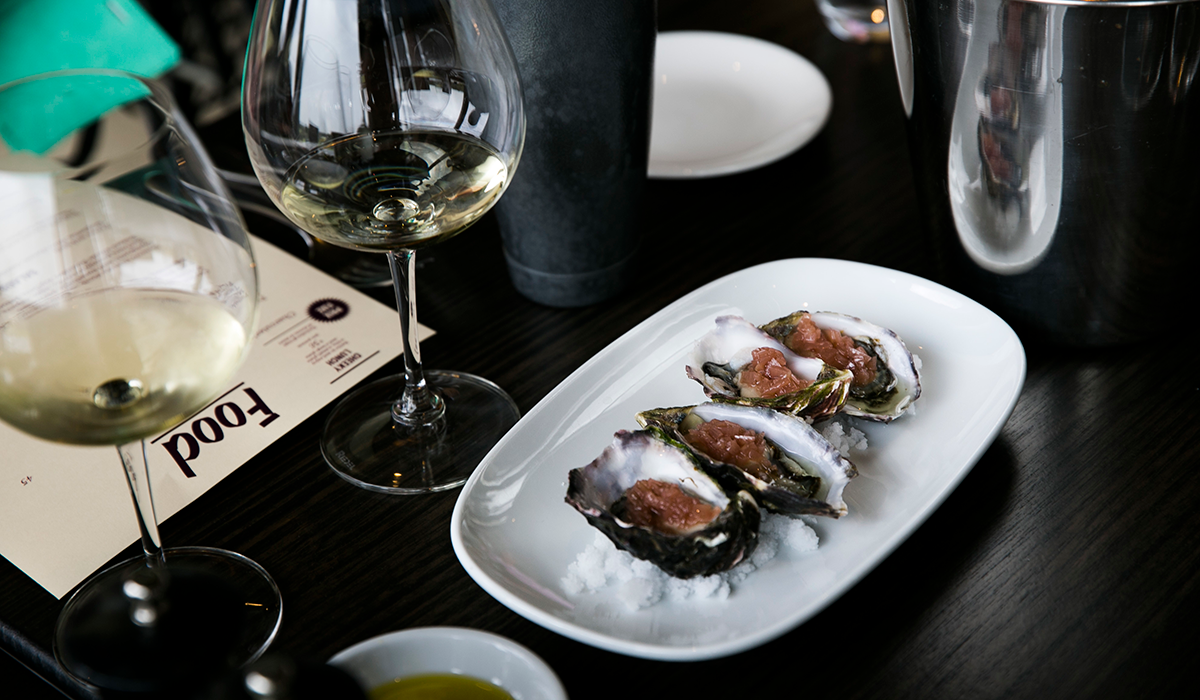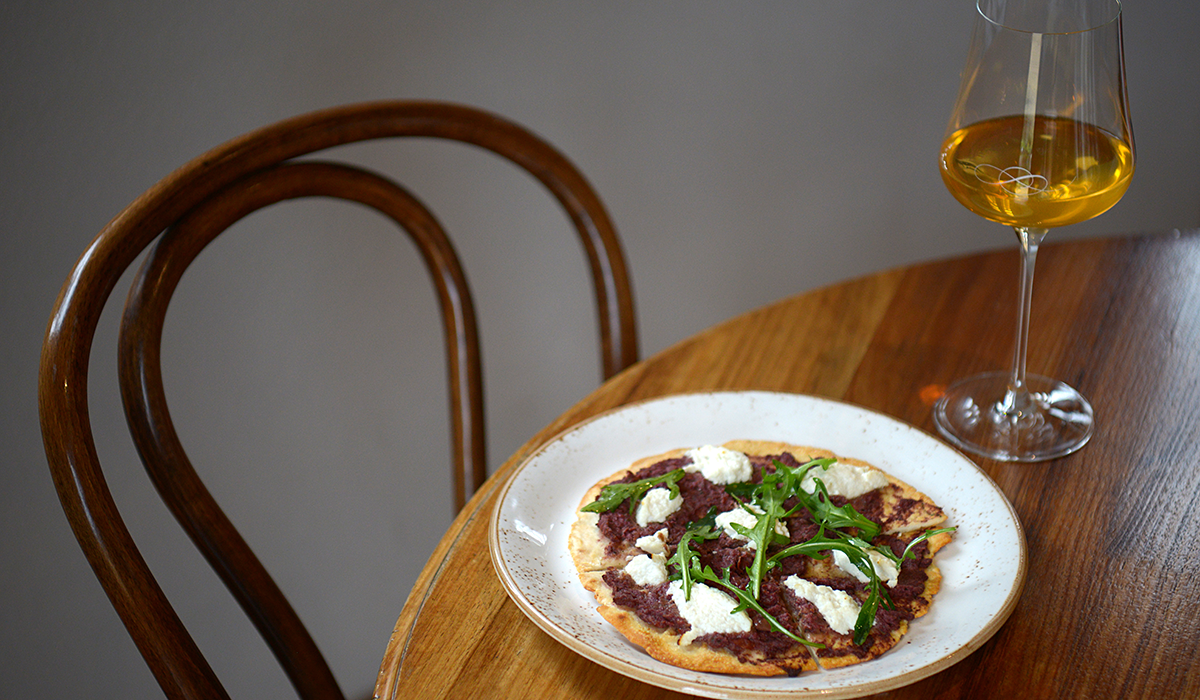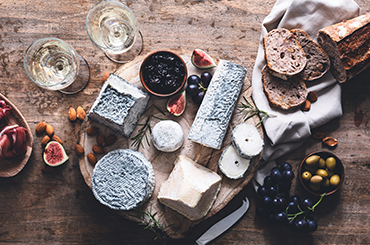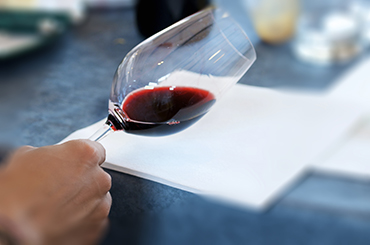Food and wine pairing can be confusing, especially when trying to cater to different palates. Couple that with cold weather cravings and it can seem like your menu is confined to bold red wines and robust meat dishes. But as the Australian wine offering continues to diversify, could it be time to consider some new go-to winter pairings?
Daisy Case (pictured 1/3) and Franck Moreau (pictured 2/3) are two sommeliers who would argue yes. Both Australian-based but European-born, Daisy and Franck move confidently between a Barolo and muscadet like most of us do a tried-and-true shiraz. And as more of these formerly Euro-exclusive varieties find a home among local soils, it’s easy to integrate them into the winter wine line-up. Here, two top somms lay out some simple rules that will have you mixing up staples for new-found favourites in no time.
Daisy Case (pictured 1/3) and Franck Moreau (pictured 2/3) are two sommeliers who would argue yes. Both Australian-based but European-born, Daisy and Franck move confidently between a Barolo and muscadet like most of us do a tried-and-true shiraz. And as more of these formerly Euro-exclusive varieties find a home among local soils, it’s easy to integrate them into the winter wine line-up. Here, two top somms lay out some simple rules that will have you mixing up staples for new-found favourites in no time.
Where should people start when trying to match wines with food?
Franck says: “You need to pay enough attention to the food you’re going to eat when you choose a matching wine. I see people who are eating oysters order a glass of shiraz, just because it’s their favourite variety. But it’s all about balance.”
Daisy says: “You’re matching the taste experience – as in, not aromatics and flavours, but reactions. Ultimately everyone’s palate is different, so it’s best to think about the structure instead. Consider how a wine feels in your mouth, how the food feels in your mouth and how the two will feel together.”
Other than bold reds, what are some wines that can standup to robust winter dishes?
Franck: “For a white, a semillon from the Hunter Valley has good acidity and a bit of texture that helps it pair with a lot of seasonal flavours. Semillon is a classic Australian variety that offers great value for money – you can age these wines so well, and you don’t need to break the bank to do it.”
Daisy: “White wines that have had some slight maceration on skins almost have tannins, similar to a red wine because that’s all tannin is – it’s just skin. Weightier, older wines with tertiary characters can stand up to hearty dishes, like an aged albãrino or cortese di gavi, for example. Viognier is another good one if you’re looking for something with a bit of body.”
What are some alternative seasonal pairings that you love?
Franck: “I love pairing contrasts. Salmon is a good example – people typically opt for a white wine because they’re thinking seafood, but a lot of whites don’t actually have the body to stand up to the fattiness of the fish. Rosé or light red wines like gamay or pinot noir pair perfectly.”
Daisy: “Gewürztraminer has an oily, slipperiness that slides over spicy flavours – it’s a great option that’s really finding its feet in Australia. Did you know that ‘gewürze’ translates to ‘spice’ in German? That’s a super-easy way to remember a great match.
Favourite seasonal pairing?
Franck: “Nebbiolo or Barolo, paired with a truffle mushroom risotto or a white ragu – the perfect winter match.”
Daisy: “I’m partial to an Aussie classic, like a medium-bodied GSM or cabernet sauvignon. But I’ll start almost any meal with champagne or muscadet – i’ll just put an extra scarf on.”
This article is available in full in issue #59 of Halliday Magazine – on sale July 8th.










